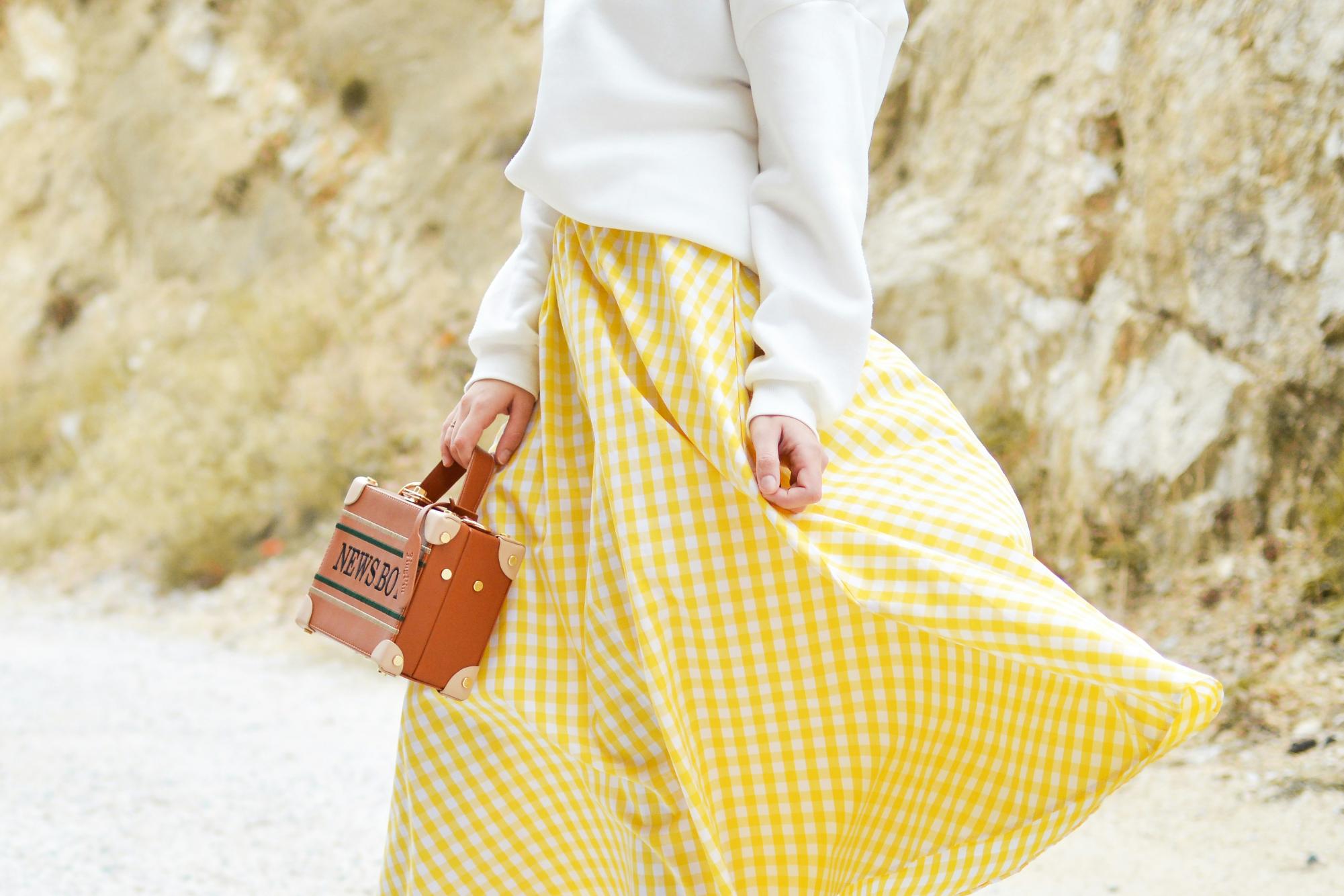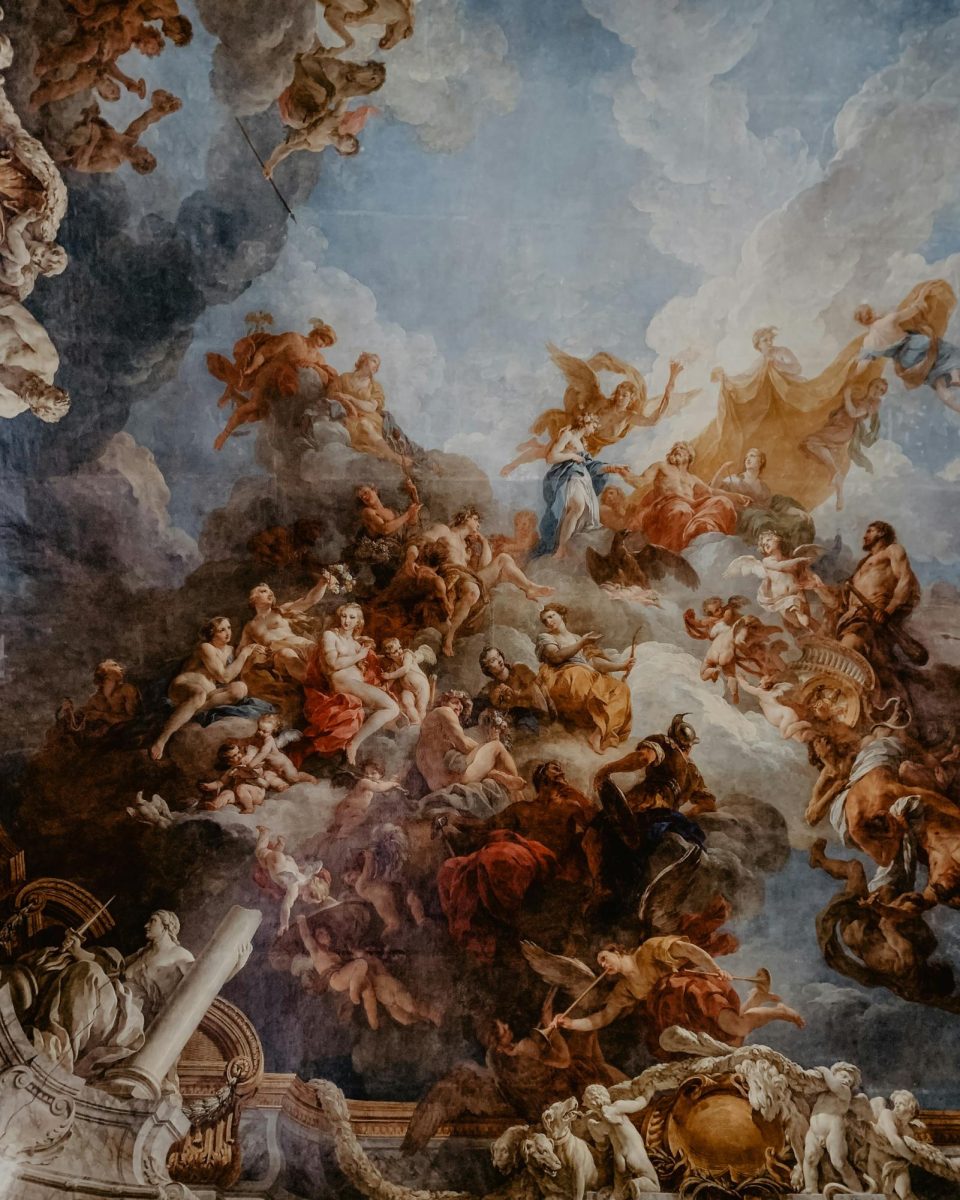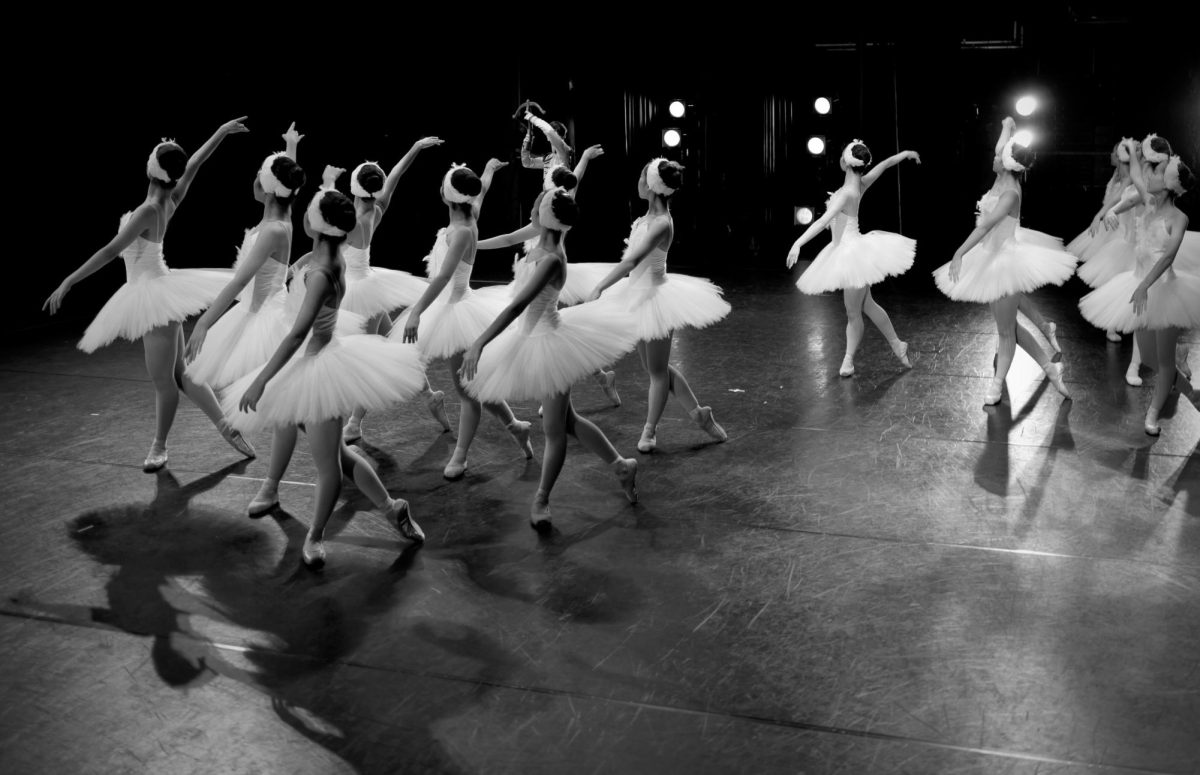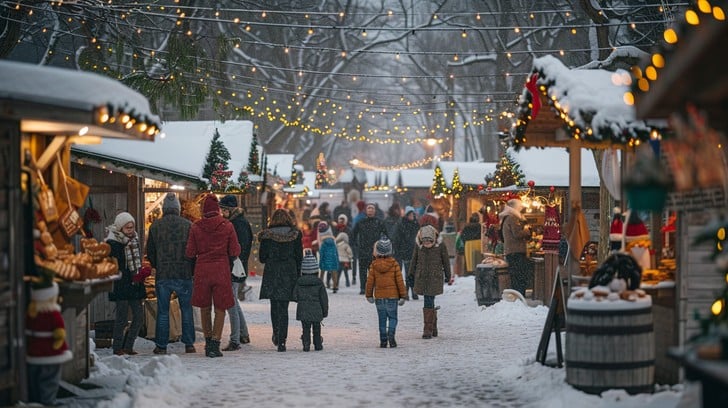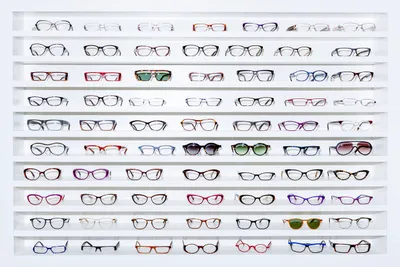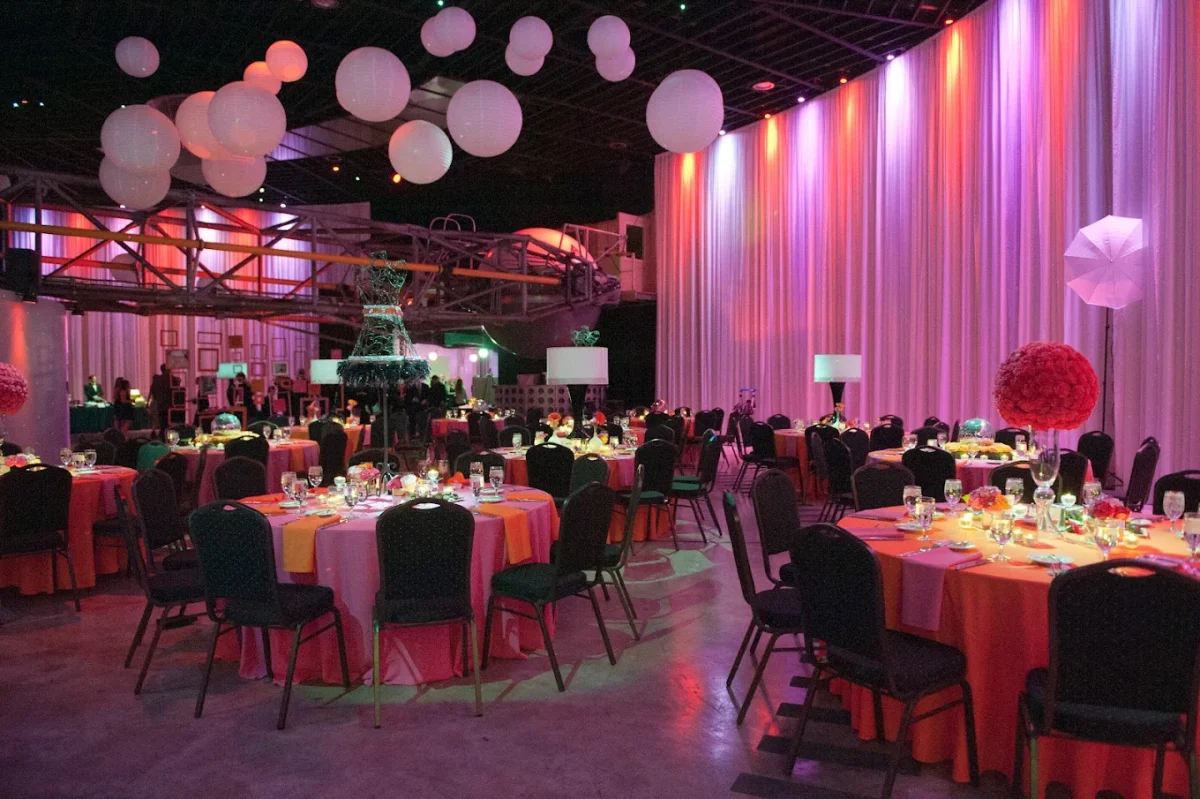As we transition into spring, our eyes are full of pastel colors, floral patterns, and ruffles. We finally let go of our winter jackets, sweaters, and scarves as we watch the flowers bloom. It’s time to start planning our spring outfits because going directly from gloves, hats, and jackets, to light and floral can be a harsh transition. Some key factors for spring fashion include soft pastel colors, florals, flowy dresses, denim skirts and light jackets. These key themes for spring fashion are the perfect introduction to summer and to get you excited for warm weather. In the springtime, we can see how people express themselves through spring colors, floral patterns, and light clothing.
As flowers bloom in beautiful colors, so does fashion as we transition into spring. According to Vogue, the top spring color trends this year consist of wispy pink, plum, crisp blue, mocha, butter yellow, and clementine. Of course, many other popular shades for spring include pastel tones, earthy neutrals, bright hues, and fresh white. Vogue also claims that the foundation of any chic spring outfit is a flowy white dress, which is a timeless outfit that shows elegance and simplicity. Spring colors symbolize freshness and renewal, reflecting the transition from winter’s darker shades to lighter, more vibrant colors. Floral patterns, adorned with beautiful flower designs, capture the essence of spring’s bloom. From flowing maxi dresses to casual short floral dresses, these pieces are versatile and perfect for a morning brunch, spring birthdays, or a stroll through a garden. Paired with strappy sandals, a denim jacket, or a woven handbag, they create effortlessly stylish looks that embrace the season. Additionally, lightweight fabrics like chiffon, linen, and cotton contribute to the breezy and comfortable feel of spring fashion, making it easy to stay stylish and cool as temperatures rise.
When we look at fashion in each season, it reflects the environment around us. This is influenced by many factors, including temperature, the color of the leaves, and whether flowers bloom or trees are bare. In spring, we embrace pastel shades, floral prints, and lightweight fabrics that mimic the freshness and renewal of nature. Summer fashion often features bright colors, breezy silhouettes, and breathable materials to stay cool in the heat. Fall fashion shifts towards warm tones like rust, mustard, and deep greens, mirroring the changing leaves, while cozy fabrics like wool and knitwear provide warmth. Winter brings darker colors, heavier coats, and layered looks to combat the cold. Designers draw inspiration from these seasonal transitions, using natural colors and textures to create collections that align with the time of year.
Although the seasons divide clothing into four categories, everyone has a unique sense of style for each season. Personal style influences how individuals adapt to seasonal trends, whether they prefer bold statement pieces or a more minimalistic approach, often reflecting aspects of their personality. For example, extroverts may gravitate toward vibrant, eye-catching outfits, while introverts may prefer subtle, understated looks. Physical features like skin tone, hair color, and hair texture can also play a role in how people choose colors and silhouettes that complement their appearance. While spring fashion typically features pastels, florals, and light fabrics, each person incorporates these elements differently. A minimalist might opt for neutral tones like beige, white, or soft blush, creating a clean and effortless aesthetic. On the other hand, someone with a bolder style may embrace vibrant hues such as clementine, deep plum, or electric blue to make a statement. Floral patterns, a staple of spring fashion, also vary based on personal style. Those who prefer a delicate, simple look might choose soft floral prints featuring lilies, lilacs, or tulips on flowy dresses or blouses. Meanwhile, individuals with a more daring style might wear bold floral patterns with striking red roses, hibiscus, or sunflowers on structured blazers, jumpsuits, or maxi skirts. Additionally, accessories play a crucial role in enhancing personal style with dainty gold jewelry and nude sandals for a minimalist look, or chunky statement earrings and colorful heels for a bolder outfit. In the end, personal style allows individuals to embrace spring fashion in a way that feels authentic to them, blending seasonal trends in their unique way.
Spring fashion is more than just a seasonal wardrobe change. It is a reflection of personal style, individuality, and the beauty of transformation. While trends like pastels, florals, and lightweight fabrics define the season, everyone incorporates them in unique ways that align with their personality, preferences, and even physical features. As the seasons change, so do our wardrobes, but personal style remains constant, evolving and adapting to reflect who we truly are. The beauty of spring fashion lies in its versatility, allowing people to blend seasonal influences with their personalities, preferences, and even physical features. As we embrace the warmth of spring and the vibrancy it brings, fashion becomes more than just clothing. It becomes a way to express joy, confidence, and the excitement of a fresh start.
